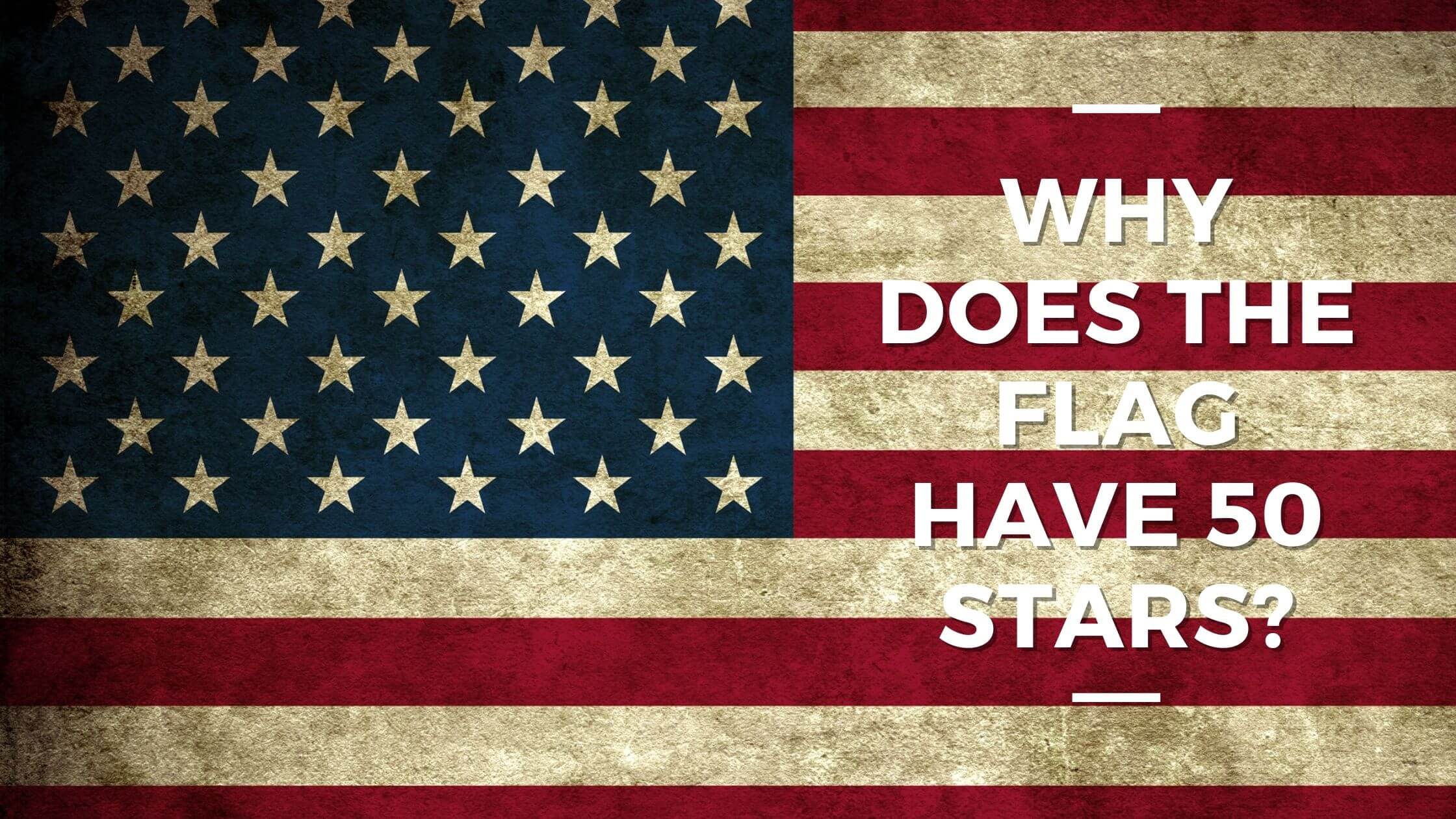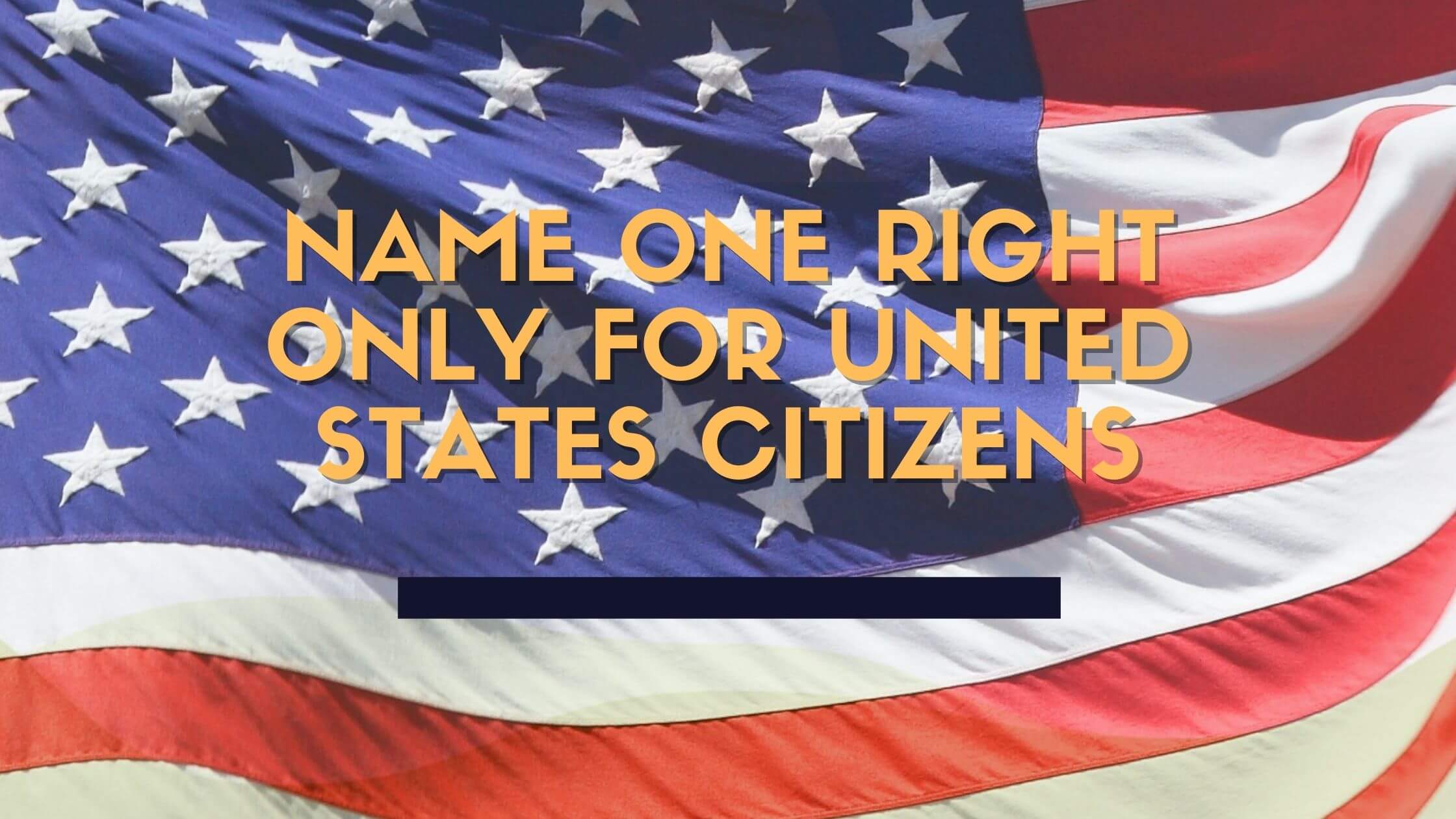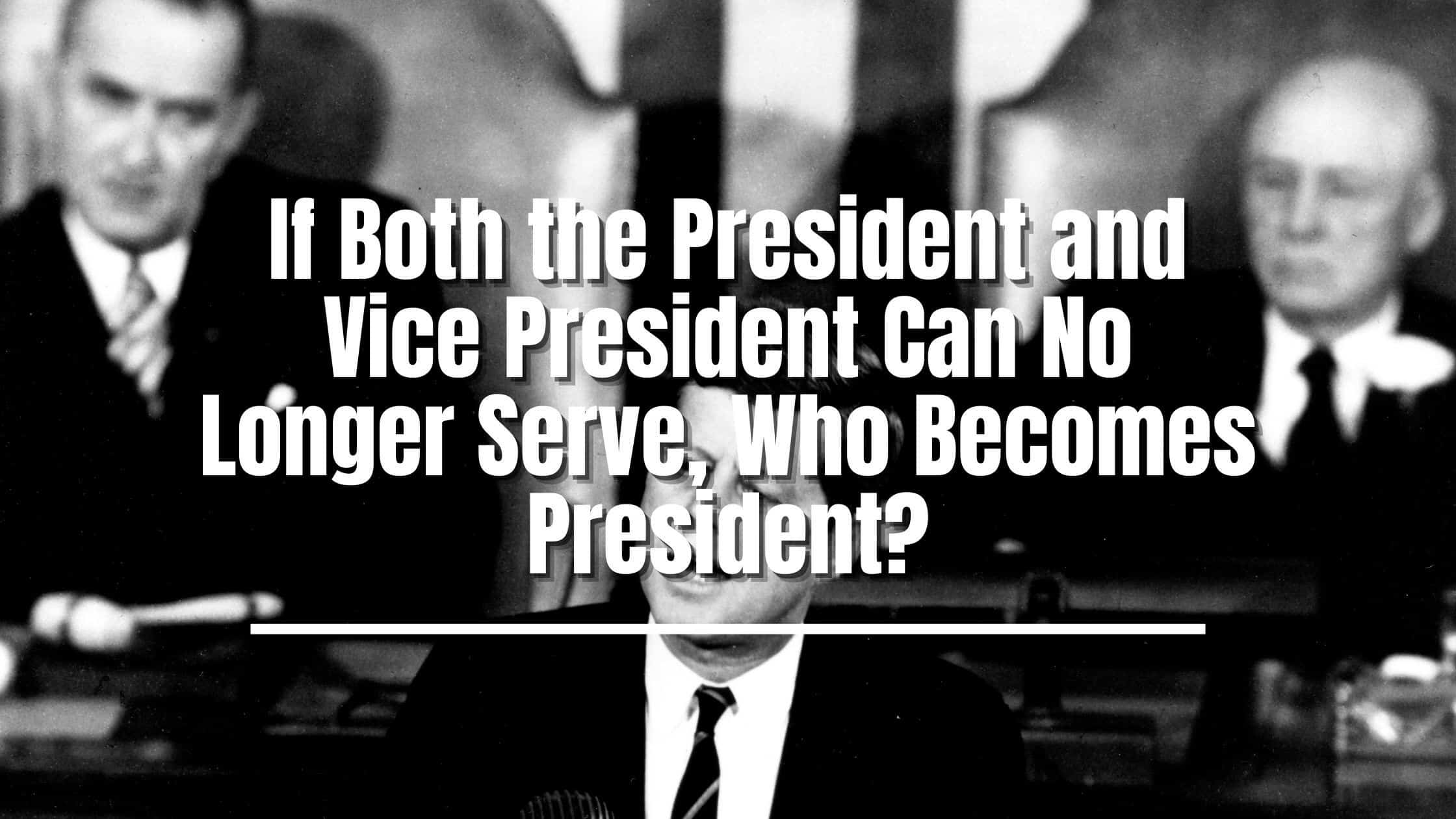Table of Contents
ToggleTo pass the US citizenship test, you will have to answer 10 of a possible 100 questions. The following question is from the USCIS test.
Why does the flag have 50 stars?
Acceptable Answers:
- because there is one star for each state
- because each star represents a state
- because there are 50 states
The following is a full explanation of the USCIS question:
Why Does the Flag Have 50 Stars?
The simple answer is that the flag of the United States depicts enough stars to represent all of the current states. As there are 50 states in the United States right now, there are 50 stars. However, this means that the flag has adapted over time, and you can see the changes in the geography of the nation reflected in the design of the flag. There have been many forms since 1776, and there could be more to come.
What Is the Name for the United States Flag?
One Star For Each State.
The first flag that most closely resembles the modern version is the Betsy Ross flag. This one is distinctive in that the stars are arranged in a circle rather than the rows we see today. It was adopted by the United States by an Act of Congress on the 14th of June, 1777, and commissioned by George Washington.
Much later, two more states joined the Union bringing the total to 15. Therefore, the flag needed a redesign. This was when the ring of stars changed to a series of rows. This looks sparse compared to the flag today, but it is closer to what we expect to see. It was commissioned and made official in 1794 with the Second Flag Act, not long after the name Star-Spangled Banner was born.
The 20-star flag was the third model in 1818 and was one of the more aesthetically pleasing with the neat five by four rows of stars. There were variants of this design where there was a star shape instead. Over the next 30 years, there was a strong surge in states joining the Union as the nation expanded further west. The 31-star flag then came along in 1851. However, this would be short-lived as the flag’s history shifted with the Civil War.
The Flags in the Civil War and Beyond
During the Civil War, the flag changed again with a series of flag designs running with either 33, 34, 35, or 36 stars. The 34-star flag was the most common official flag at the time. However, other flags were flying across the country to signify the divide between the Union and Confederacy. The latter flew a red flag with a blue cross and 13 stars. Today, this is still seen in some southern states but is generally rejected as a divisive symbol.
Following the war, the 37-star flag was born with an interesting alignment of stars to recognize Nebraska. In 1896, we got a 45-star flag, followed by the 48-star flag of 1912. This is the flag that you will see flying in a lot of media from the early part of the 20th century and any footage of American efforts in world wars. It wasn’t until 1960 that we got the most recent design of 50 stars to reflect the admittance of Hawaii.
Why Are There 13 Stripes Alongside the 50 Stars?
The white stars on the blue background only take up ¼ of the flag’s design. The rest is made up of those prominent red and white stripes. There are 13 of these to represent the original colonies of America. This provides a nice visual divider between the nation before independence and the one after.

Get Smarter on US News, History, and the Constitution
Join the thousands of fellow patriots who rely on our 5-minute newsletter to stay informed on the key events and trends that shaped our nation's past and continue to shape its present.
A curiosity here is that there was a brief moment where there were 15 stripes. This appeared on the flag with 15 stars. While this offered nice symmetry at the time, it is jarring compared to other flag designs. This was soon rectified in 1818 when the 20-star flag was created.
What Was on the United States Flag Before the Stars?
The decision to place stars on the official flag to represent the states of America only came about following the Revolutionary War. The newly independent nation needed something to reflect its position as an emerging country. Before this, a series of flags would have been seen across the country. One of the most striking is that of the Grand Union, which merges the 13 stripes still in use today with the Union Jack of Great Britain in the top left-hand corner. This isn’t unlike some of the flag designs in the British Commonwealth, such as that of Australia.
Still, this flag only appeared for the Continental Army in 1776. Before that, there would have been many of the standard Union Jack flags because Britain still ruled over the colonies. This flag was raised by settlers when they arrived in America in 1607 and would have remained on public buildings and government residences for a long time. Less common were the Continental Flag of the armed forces and the Gadsden Flag, although the latter has made a return in recent years in some circles.
Will the United States Flag Change Again?
It has been over half a century since the design of the flag changed to represent the new additions to the list of states. The most likely way for the flag to change again would be if any of the American territories were to obtain a new status as a state of the United States. There are several of these regions, such as Guam and American Samoa. But, Puerto Rico is the one that has the greatest chance of making that jump. If this were to happen, the government would have to acknowledge it by adding a 51st star to the flag.











